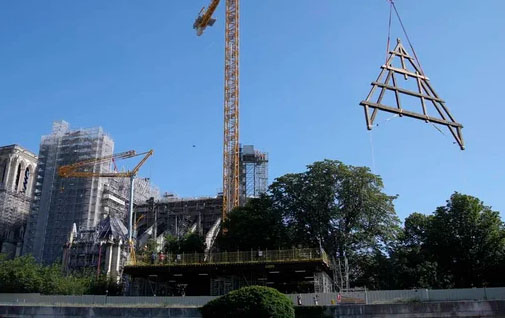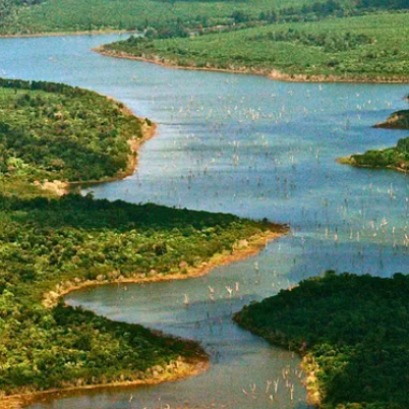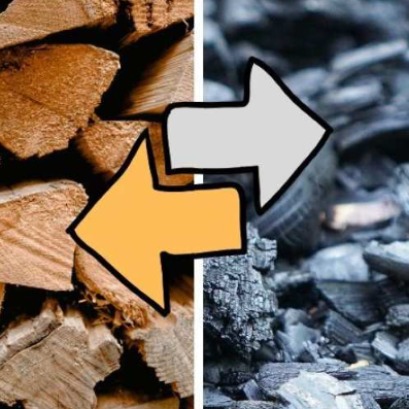
France | Huge oak beams are brought to Notre Dame for the reconstruction of its roof
A crane lifted massive oak beams from a barge to Notre Dame Cathedral, in a spectacular operation to rebuild the fire-ravaged temple and bring it back to life by December 2024.
With frames weighing from 7 to 7.5 tons, a delicate operation was carried out on Tuesday that drew crowds along a bridge over the Seine River and to its banks: a crane lifted huge oak beams from a barge to the Cathedral of Notre Dame, in a spectacular operation to rebuild the fire-ravaged temple and bring it back to life by December 2024.
"I think it's a magical moment for many Parisians this morning," Transport Minister Clement Beaune said, noting that the Seine will be at the center of the Paris Olympics in 2024.
General Jean-Louis Georgelin, appointed by French President Emmanuel Macron to oversee the rebuilding of Notre Dame, said even the heavy traffic expected during the summer Games will not stop work on the world-renowned cathedral.
"We will work for the cathedral during the Olympic Games so that it will be ready in December 2024," he said. "This is our goal."
Notre Dame, overlooking old Paris from an island in the Seine, was consumed by flames in 2019 and it was decided to rebuild it using ancient techniques.
Skilled carpenters used medieval methods to construct the beams, which measured 46 to 52 feet (14 to 16 meters) wide and 39 to 43 feet (12 to 13 meters) high.
Guided by ropes, they were placed on the ceiling around the area of the iconic spire, which crumbled to ashes during the fire, and the two arms of the transept, the wooden skeleton of Notre Dame.
A statement noted that the silhouette of Notre Dame, currently surrounded by scaffolding, will emerge on the horizon as the work progresses.

IT MAY INTEREST YOU
 The second largest wetland in South America is located in Argentina: what is it?
The second largest wetland in South America is located in Argentina: what is it?
Argentina has national parks that place it in a unique position within South America, competing with 300 others. Which is the largest? South America is home to more than 300 national parks, but many go unnoticed. There are extensive wetlands that have been the subject of major ecological restoration projects, to coastal mountains with deep indigenous heritage. Today we tell you the case of one located in Argentina.
 Canadian researchers make biochar from wood waste that rivals steel in strength
Canadian researchers make biochar from wood waste that rivals steel in strength
Researchers at the University of Toronto have developed monolithic biochar from wood that can reach an axial hardness of up to 2.25 GPa, similar to mild steel.
 Experts cant believe it, but this tree is the oldest in the world and continues to bear fruit: it is 4,000 years old.
Experts cant believe it, but this tree is the oldest in the world and continues to bear fruit: it is 4,000 years old.
Nature keeps secrets that defy the passage of time, and one of the most surprising examples is a tree that, approximately 4,000 years old, continues to bear fruit today. This specimen has become a symbol of resistance and longevity, capable of surviving climate changes, landscape transformations and human activity itself.





















